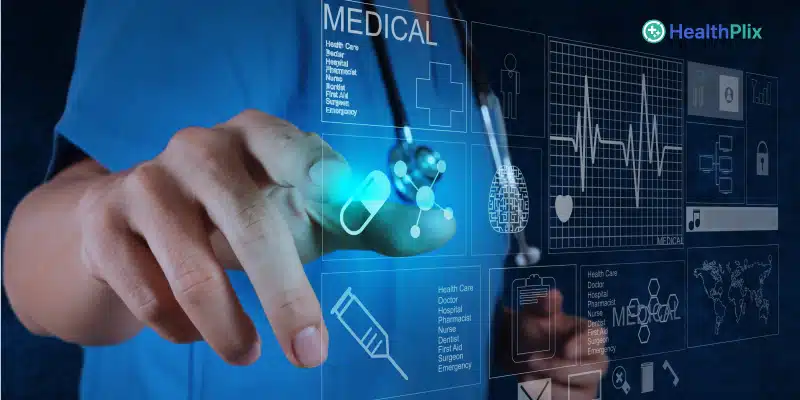Medication errors can lead to serious consequences for patients, and medical professionals need to take steps to reduce the risk of these errors. One of the most effective ways to do this is to utilize EMR (electronic medical record) or EHR (electronic health record) software.
This technology has the potential to revolutionize how healthcare providers store, track, and share information, and it can help reduce the chances of medication errors.
What are EMR software and EHR software?
EMR software (Electronic Medical Records) is a digital platform that stores patient health information, such as medical histories, diagnoses, test results, and treatment plans. Healthcare professionals use it to monitor and manage patients’ care. They also allow for better communication and coordination among healthcare providers and their patients.
EHR software (Electronic Health Records) is similar to EMR software but is more comprehensive, offering a wide range of services, including appointment scheduling, billing and payment tracking, medication management, lab result tracking, and more.
With the advent of technology, EMR, and EHR software provide a more efficient and secure way for healthcare providers to manage patient data and avoid medical errors.
EMR and EHR software is designed to be user-friendly and allow healthcare providers to quickly access critical patient data. The systems are also equipped with features such as automated reminders, drug databases, and alert systems that help medical teams stay informed of potential risks or medication errors.
Additionally, they allow healthcare providers to easily share patient data with other physicians, ensuring accuracy and quality of care.
With these technologies, healthcare professionals can make better-informed decisions regarding patient care, resulting in improved quality of care and reduced risk of harm.
How can EMR software help avoid medication errors?
Electronic Medical Records (EMR) or Electronic Health Records (EHR) software can play a critical role in reducing medication errors. EMRs provide a single, centralized location to store medical information, ensuring that all patient data is easily accessible and up-to-date.
With this system in place, providers are able to accurately track medications prescribed, review potential drug interactions, and ensure that the right medication is prescribed to the right patient.
Here are a few ways how EMR/EHR software can help avoid medication errors:
- Computerized Physician Order Entry (CPOE) systems can reduce prescription errors by double-checking for correct dosage and alerting physicians of potential drug interactions.
- Automated alerts can remind providers of medications that need to be renewed or adjusted, ensuring patients receive the correct medication on time.
- Electronic prescribing systems (e-prescribing) allow providers to quickly and securely send prescriptions directly to the pharmacy, saving time and reducing transcription errors.
- By leveraging the power of digital records, providers have easy access to previous prescription history, allowing them to make more informed decisions about medications and dosages. This eliminates the need to rely solely on a patient’s memory when determining what they were previously taking and how they reacted to it.
- Additionally, electronic health records improve communication between providers and pharmacies, which helps keep them better informed about medication changes. This way, pharmacies can use the most accurate data when filling orders and ensuring there are no discrepancies between what was prescribed and what was given to the patient.
- Finally, EMR/EHR systems help increase transparency between providers and patients. Patients can gain greater insight into their own health conditions, such as any medications they may be taking and why they’re being taken. This increases patient awareness and engagement with their healthcare team, helping to further avoid medication errors.
For example, HealthPlix EMR generates prescription orders in over 20 languages, making it easier for providers to communicate effectively with patients who may speak different languages. This ensures that the correct medication is prescribed and reduces the likelihood of miscommunication or misinterpretation of prescription instructions.


